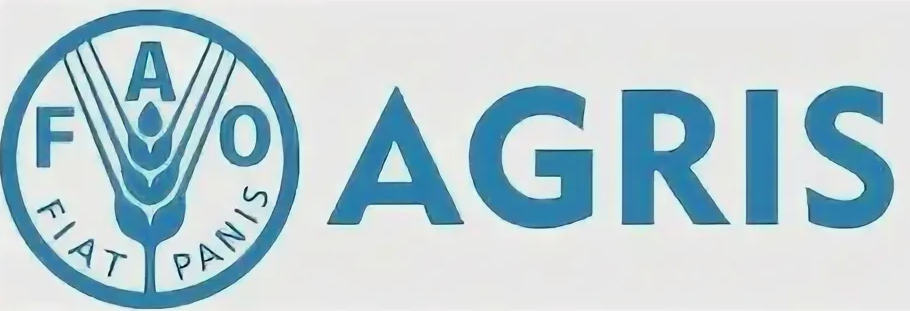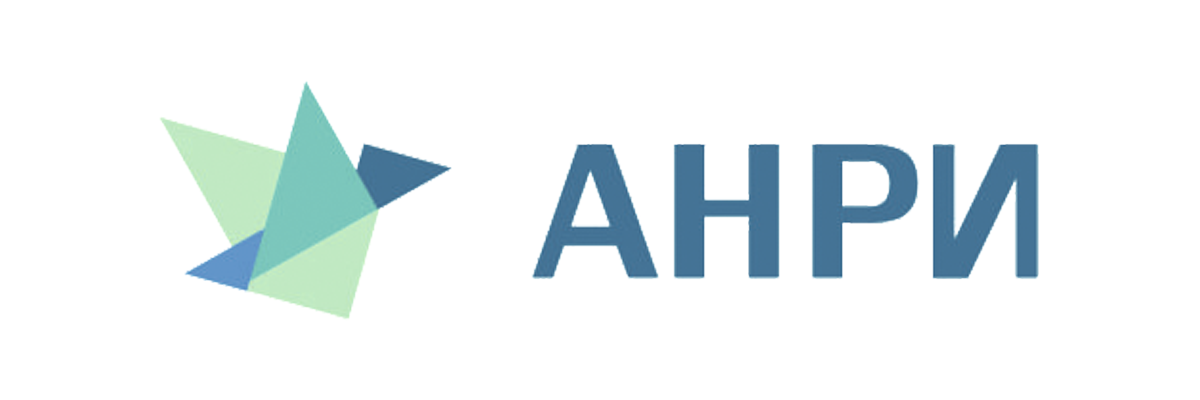For authors
The authors are requested to submit their manuscripts via the online submission system of Research in Economic and Financial Problems at Make a submission. Prior registration is required. The manuscripts revised after the peer-review process are uploaded following the same submission thread, without initiating a new submission.
Formatting
The Journal considers submissions presented either in the Russian or English languages. The metadata (title, abstract, keywords, author information) should be provided both in Russian and English. The editors offer language support to non-Russian authors in preparing their metadata in Russian (when the article is written in English).
The manuscript, including the bibliography list, should be 10ÔÇô25 pages in length. Formatting requirements: 12 Times New Roman, 1 line spacing, 3 cm margins.
- Article type.
- Original research article
- Review article - Information about the authors:
- Full names of all co-authors;
-Affiliations (place of work) including the city and the country;
- ORCIDs of all co-authors;
- Corresponding author, email. - Article title briefly (no more than 12 words) and accurately reflects the research topic and findings.
- Abstract (150 to 200 words) outlines the research problem and the research aim, specifies the research techniques used, and summarizes the findings. The use of keywords in the abstract facilitates the online search by potential readers. Abstract should include headings: Introduction, Aim, Materials and methods, Results, Conclusion.
- Keyword list (5ÔÇô7) includes the search terms, which reflect the main ideas, achievements, results, and terminology of the conducted research.
- Article body should be structured according to the IMRAD format:
Introduction: research background, formulation of the research aims and objectives;
Materials and Methods: detailed description of research techniques, materials, software, and equipment;
Results and Discussion: presentation of the results obtained, supported by figures and tables, and their interpretation based on previous research both by the authors and other researchers.
Conclusion: summary of the main findings, discussion of limitations, indication of future research directions. - Acknowledgments/Funding (if applicable). This section includes sources of funding, including project and/or grant numbers. Persons, organizations, foundations, etc., who provided any assistance in the conduct of the study are acknowledged.
- Author contribution statement describes the contribution of each co-author according to the CRediT system, including 14 possible roles: Conceptualization, Data curation, Formal analysis, Funding acquisition, Investigation, Methodology, Project administration, Resources, Software, Supervision, Validation, Visualization, Writing ÔÇô original draft, Writing ÔÇô review & editing.
- References. The number of cited sources in the text should be at least 15, with about their third being recent (published in the last three years). The reliance on high-quality sources enhances the research validity significantly. The reference list should include only credible publications (not retracted or published in discontinued journals). All other sources (GOST standards, textbooks, links to websites, etc.) are not included in the references list and given in the form of footnotes. In-text references are placed in the order of their mention in the text in square brackets (e.g. [5]). The references are formatted according to the template. Article DOIs (if available) should be included.




